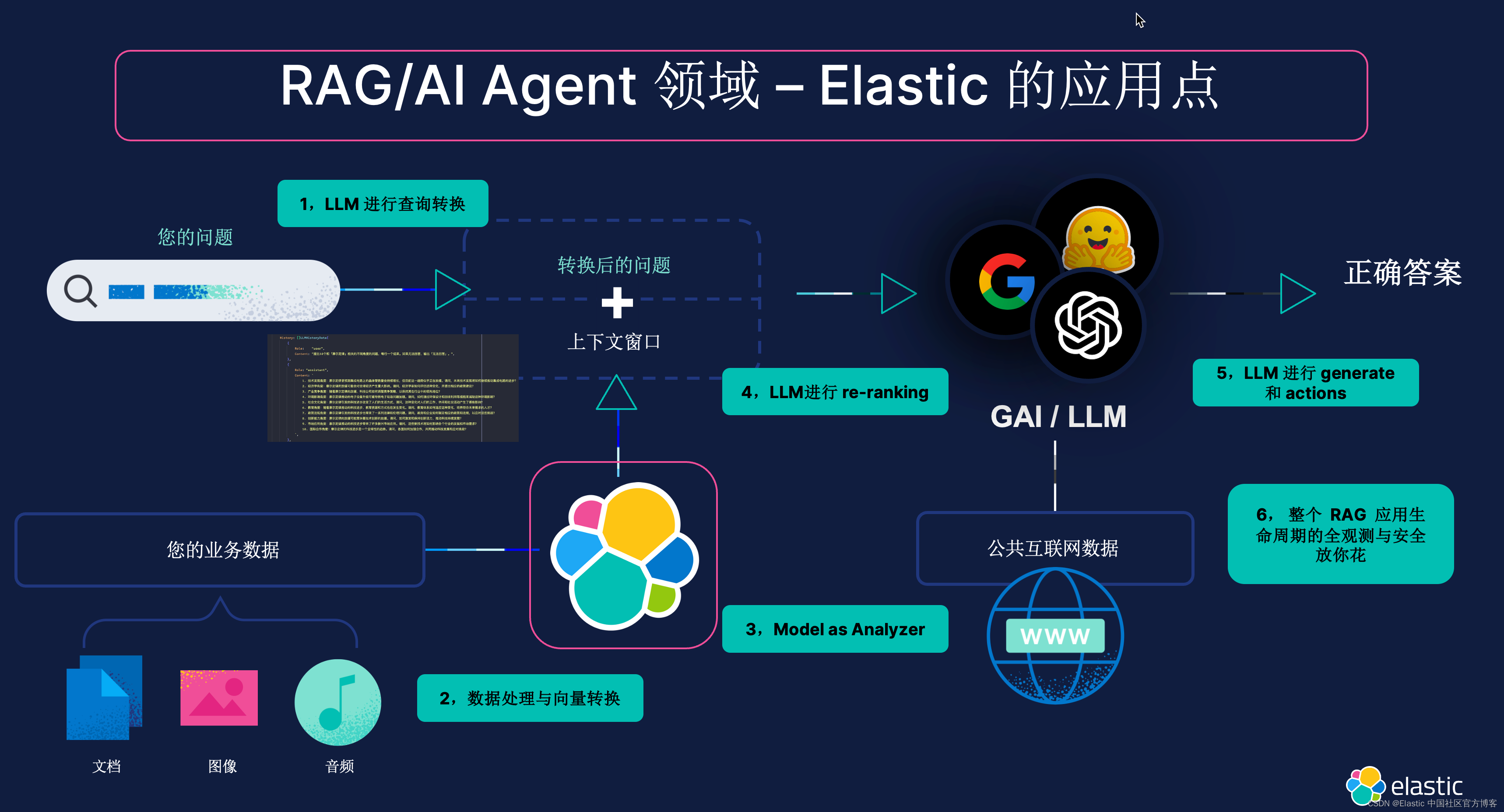gettid_0">1、gettid()系统调用作用
gettid() 是一个Linux系统调用,用于获取当前进程的线程ID。在使用此系统调用时,你需要包含 <sys/syscall.h> 头文件,并且可以通过直接调用或使用 syscall() 函数来进行系统调用。
注意:ps 中显示的PID列的值和gettid()的值是一样的
以下是一个简单的示例代码,展示如何使用 gettid() 获取当前线程的ID:
#define _GNU_SOURCE
#include <unistd.h>
#include <sys/syscall.h>
#include <stdio.h>int main() {pid_t tid;// 直接调用gettid()tid = syscall(SYS_gettid);printf("当前线程的ID是: %ld\n", (long)tid);return 0;
}
2、getpid()系统调用定义
/* Thread ID - the internal kernel "pid" */
SYSCALL_DEFINE0(gettid)
{return task_pid_vnr(current);
}
从系统调用注释解释可以看出,gettid()系统调用获取的是内核的pid值。
gettid_30">3、gettid()代码流程分析
我们从task_pid_vnr()函数开始分析,这里task_pid_vnr()调用内部函数__task_pid_nr_ns()函数,将当前线程的task_struct以及pid_type=PIDTYPE_PID作为参数传入;
static inline pid_t task_pid_vnr(struct task_struct *tsk)
{return __task_pid_nr_ns(tsk, PIDTYPE_PID, NULL);
}pid_t __task_pid_nr_ns(struct task_struct *task, enum pid_type type,struct pid_namespace *ns)
{pid_t nr = 0;rcu_read_lock();if (!ns) // 由于我们传入到ns指针为NULL,所以需要重新根据当前线程的task_struct获取nsns = task_active_pid_ns(current);// 根据传入pid_type和task_struct指针获取pid指针,再通过pid_nr_ns()从ns中提取到pid值nr = pid_nr_ns(rcu_dereference(*task_pid_ptr(task, type)), ns);rcu_read_unlock();// 返回当前线程的pidreturn nr;
}
EXPORT_SYMBOL(__task_pid_nr_ns);
我们下面逐步分析一下这几个关键函数的具体实现:
3.1 task_active_pid_ns()
struct pid_namespace *task_active_pid_ns(struct task_struct *tsk)
{return ns_of_pid(task_pid(tsk));
}
EXPORT_SYMBOL_GPL(task_active_pid_ns);static inline struct pid *task_pid(struct task_struct *task)
{return task->thread_pid;
}/** ns_of_pid() returns the pid namespace in which the specified pid was* allocated.** NOTE:* ns_of_pid() is expected to be called for a process (task) that has* an attached 'struct pid' (see attach_pid(), detach_pid()) i.e @pid* is expected to be non-NULL. If @pid is NULL, caller should handle* the resulting NULL pid-ns.*/
static inline struct pid_namespace *ns_of_pid(struct pid *pid)
{struct pid_namespace *ns = NULL;if (pid)ns = pid->numbers[pid->level].ns;return ns;
}
task_active_pid_ns()根据传入的task_struct对象,获取task->thread_pid,然后再通过pid获取到ns。
3.2 task_pid_ptr()
static struct pid **task_pid_ptr(struct task_struct *task, enum pid_type type)
{return (type == PIDTYPE_PID) ?&task->thread_pid :&task->signal->pids[type];
}
由于我们传入的pid_type=PIDTYPE_PID,所以这里直接返回task->thread_pid指针的地址。
3.3 pid_nr_ns()
pid_t pid_nr_ns(struct pid *pid, struct pid_namespace *ns)
{struct upid *upid;pid_t nr = 0;// 如果pid存在,且ns->level小于等于pid->levelif (pid && ns->level <= pid->level) {upid = &pid->numbers[ns->level]; // 以level为下标从pid->numbers获取upidif (upid->ns == ns) // 如果upid->ns == ns,则返回upid->nr值,否则返回0nr = upid->nr;}return nr;
}
EXPORT_SYMBOL_GPL(pid_nr_ns);
到这里可以发现,gettid()涉及到好多结构中的数据获取,最终得到upid->nr中保存的pid值。
4、0号线程的pid探究
上面我们知道了gettid()的工作流程,我们拿0号idle内核线程来带入,探究一下idle线程的pid为什么是0。
struct task_struct init_task
#ifdef CONFIG_ARCH_TASK_STRUCT_ON_STACK__init_task_data
#endif__aligned(L1_CACHE_BYTES)
= {
#ifdef CONFIG_THREAD_INFO_IN_TASK.thread_info = INIT_THREAD_INFO(init_task),.stack_refcount = REFCOUNT_INIT(1),
#endif
...
.thread_pid = &init_struct_pid,
...
};
EXPORT_SYMBOL(init_task);
我们都知道0号内核线程的管理结构是init_task,现在我们只关注thread_pid,这个thread_pid也是一开始初始化好的,指向init_struct_pid;
struct pid init_struct_pid = {.count = REFCOUNT_INIT(1),.tasks = {{ .first = NULL },{ .first = NULL },{ .first = NULL },},.level = 0,.numbers = { {.nr = 0,.ns = &init_pid_ns,}, }
};
这里init_struct_pid.numbers.ns是init_pid_ns;
/** PID-map pages start out as NULL, they get allocated upon* first use and are never deallocated. This way a low pid_max* value does not cause lots of bitmaps to be allocated, but* the scheme scales to up to 4 million PIDs, runtime.*/
struct pid_namespace init_pid_ns = {.kref = KREF_INIT(2),.idr = IDR_INIT(init_pid_ns.idr),.pid_allocated = PIDNS_ADDING,.level = 0,.child_reaper = &init_task,.user_ns = &init_user_ns,.ns.inum = PROC_PID_INIT_INO,
#ifdef CONFIG_PID_NS.ns.ops = &pidns_operations,
#endif
};
EXPORT_SYMBOL_GPL(init_pid_ns);
OK,到这里我们用gettid()的逻辑推算0号线程的pid应该是为何值?
static inline pid_t task_pid_vnr(struct task_struct *tsk)
{return __task_pid_nr_ns(tsk, PIDTYPE_PID, NULL);
}pid_t __task_pid_nr_ns(struct task_struct *task, enum pid_type type,struct pid_namespace *ns)
{pid_t nr = 0;rcu_read_lock();if (!ns)// 这里返回的是init_pid_nsns = task_active_pid_ns(current);// task_pid_ptr()返回的是init_struct_pidnr = pid_nr_ns(rcu_dereference(*task_pid_ptr(task, type)), ns);rcu_read_unlock();return nr;
}
EXPORT_SYMBOL(__task_pid_nr_ns);pid_t pid_nr_ns(struct pid *pid, struct pid_namespace *ns)
{struct upid *upid;pid_t nr = 0;// pid = init_struct_pid, ns->level = 0, pid->level = 0if (pid && ns->level <= pid->level) {// upid = { .nr = 0, .ns = &init_pid_ns, }upid = &pid->numbers[ns->level];if (upid->ns == ns) // upid->ns == ns// nr = 0nr = upid->nr;}return nr;
}
EXPORT_SYMBOL_GPL(pid_nr_ns);
所以0号内核线程的pid为0。
本篇博文到此结束,多谢各位读者浏览!!!
![List<int[]>[] g = new ArrayList[n];](/images/no-images.jpg)




![请编写一个函数void fun(int m,int k,int xx[]),该函数的功能是:将大于整数m且紧靠m的k个素数存入xx所指的数组中。](https://img-blog.csdnimg.cn/direct/66bf5daaf2034bb78d80a4f6f1668b89.png)